We’ll increase conversions by
20-100+%
on your website.
Get a FREE Audit today
See how we can help your business increase conversion rates
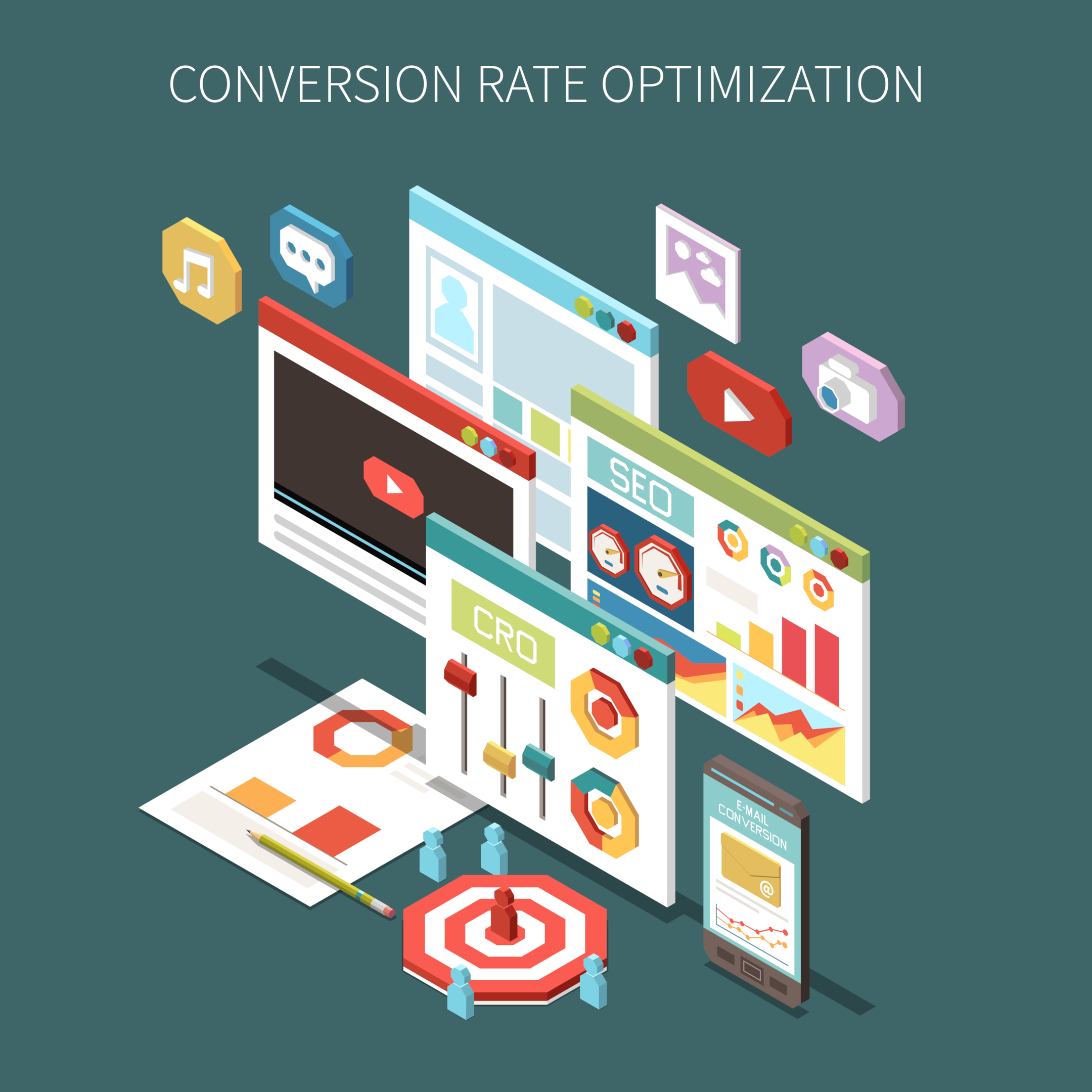
Conversion Rate Optimization, CRO for short, is a fluid and cyclical approach aimed at maximizing the impact of a website or landing page. The ultimate goal is to increase the proportion of visitors who engage in a specific, targeted behavior, such as submitting a form or completing a sale. This dynamic practice necessitates continual iteration and fine-tuning to achieve the highest conversion rates possible.
To achieve this, a multitude of methods come into play, including user experience design, A/B testing, behavioral analysis in google analytics, and personalization, all with the end goal of crafting a website that is both user-friendly and converts visitors into customers with maximum efficiency.
CRO is a never-ending process of analyzing data, testing, and improving. The ultimate aim is to optimize the return on investment for digital marketing endeavors. In simpler terms, it’s about transforming a website from an underperforming entity into a high-converting machine.
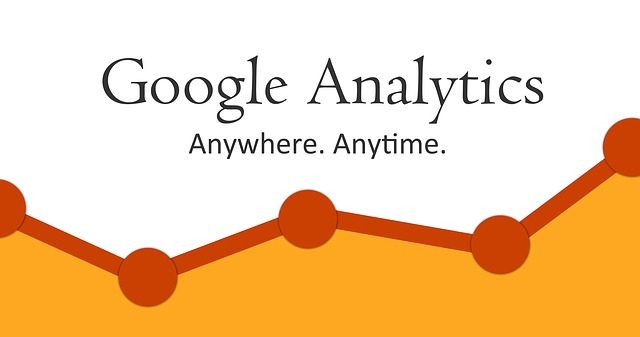
Significance of CRO in digital marketing
Conversion Rate Optimization tools, or CRO, is a paramount aspect of digital marketing that wields significant influence over the outcome of online campaigns and the return on investment of digital marketing efforts. Through CRO, businesses have the power to escalate their revenue and achieve their marketing objectives with greater efficacy.
CRO not only drives economic growth for the business, but it also provides valuable insights into consumer behavior, illuminating the pathways that lead consumers to take action. This understanding allows marketers to cater to their audience in more impactful ways, and improving user experience, customer satisfaction, and strengthening brand loyalty in the process.
In today’s highly competitive digital arena, where staying ahead of the curve is crucial for success, CRO is a must-have for businesses striving to maximize their online presence. By focusing on CRO, businesses can not only improve their conversion rate but also cultivate long-lasting customer relationships and establish a strong, unshakable foundation for growth.
1.) Conversion Rate Optimization Tools Techniques

What is A/B Testing?
A/B testing, otherwise known as split testing, is a vital technique in CRO that involves creating two distinct variations of a website page or landing page, designated as version A and version B.
These variations are then randomly presented to a segment of website visitors, and the performance of both pages is closely monitored and compared.
The purpose of A/B testing is to determine which version of the page resonates better with the target audience and drives more conversions, such as filling out a form or making a purchase.
This valuable information empowers businesses to make data-driven decisions regarding website design, content, and user experience, rather than relying on guesswork or assumptions.
The outcome of A/B testing not only sheds light on what works and what doesn’t, but it also serves as a blueprint for ongoing optimization efforts. By continuously testing, refining, and improving, businesses can steadily escalate their conversion rates over time and achieve their marketing goals with greater efficiency.
In short, A/B testing is a powerful tool that helps businesses make informed decisions and drive growth through CRO.
What is Personalization in Conversion Rate Optimization?
Personalization, a Conversion Rate Optimization (CRO) technique, entails tailoring a website or landing page to the unique characteristics of each individual user. This includes aspects such as prior website interactions, location, demographic data, and search history, among others. The objective of personalization is to offer a customized and targeted experience to every user, thereby elevating the probability of them completing the desired action, such as filling out a form or making a purchase.
In addition to boosting conversions, personalization can also enhance the user experience and foster customer satisfaction. By delivering a more personal and relevant interaction, businesses can establish a stronger connection with their audience and foster brand loyalty.
Achieving personalization can be accomplished through various methods, including personalization software, cookies, and machine learning algorithms. However, the secret to successful personalization lies in having an in-depth understanding of the target audience and utilizing data-driven insights to guide optimization efforts. In the world of digital marketing, personalization is a powerful tool that can drive growth and increase the return on investment for CRO efforts.

Why is User Experience (UX) Important in CRO?
The significance of User Experience (UX) design in CRO cannot be overstated. The objective of CRO is clear: to elevate the number of website visitors who undertake a targeted action, such as submitting a form or completing a purchase. How does UX design come into play in this pursuit? By constructing a user-friendly and intuitive website, UX design paves the way for visitors to take their desired action, thereby boosting the conversion rate.
Designing a remarkable user experience involves carefully considering several critical elements, such as navigation, content arrangement, and visual design. By utilizing user testing and website analytics, UX designers can gain insights into areas that require improvement and make modifications that elevate the overall user experience. A superior UX design leads to higher customer satisfaction and drives conversions, making it an indispensable component of any successful CRO strategy.
UX design is a critical aspect of any CRO effort. By designing an intuitive and user-friendly website, UX design can boost conversions and increase customer satisfaction.
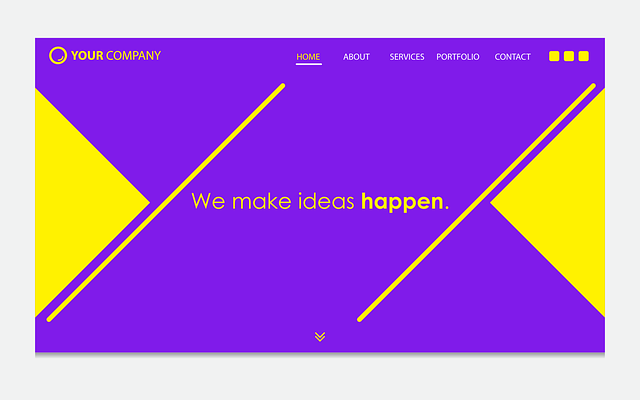
What is Landing Page Optimization?
The art of enhancing a website’s landing page to drive conversions is known as Landing Page Optimization (LPO). It is an indispensable aspect of CRO as it aims to elevate the website’s performance by focusing on the landing page specifically.
The process involves dissecting crucial metrics, such as the bounce rate, average time spent on the page, and conversion rate, to pinpoint areas for improvement. The objective is to craft a landing page that is both relevant and compelling, one that leaves a lasting impression and elicits a clear call-to-action to encourage visitors to take the desired action like making a purchase or filling out a form.
LPO techniques can include a combination of methods such as A/B testing, user experience design, behavioral analytics, and personalization. By refining the landing page, businesses can witness an upsurge in their conversion rate, thereby propelling them closer to their marketing objectives.
However, to achieve this, it is crucial to deeply understand the target audience and approach LPO with a data-driven mindset, testing and continuously improving.

What is Behavioural Analytics
Behavioural analytics delves into the intricacies of CRO, harnessing the power of tracking and analysis to gain a deep understanding of website visitor behavior. This method encompasses a multitude of metrics, ranging from clicks and mouse movements to scrolling patterns and time spent on each page.
By shedding light on the intricate ways visitors interact with a website, companies can make well-informed decisions about optimizing their online presence and enhancing the user experience.
Through the lens of behavioral analytics, businesses can unearth potential confusion or ineffectiveness in their website design, allowing them to make crucial changes to drive conversions. This information can also fuel personalization efforts, fostering a more relevant and targeted experience for each individual user.
Behavioral analytics plays a vital role in the realm of CRO. It supplies data-driven insights into consumer behavior, empowering businesses to make informed decisions that lead to improved user experiences and higher conversion rates.
2.) Conversion Rate Optimization Tools
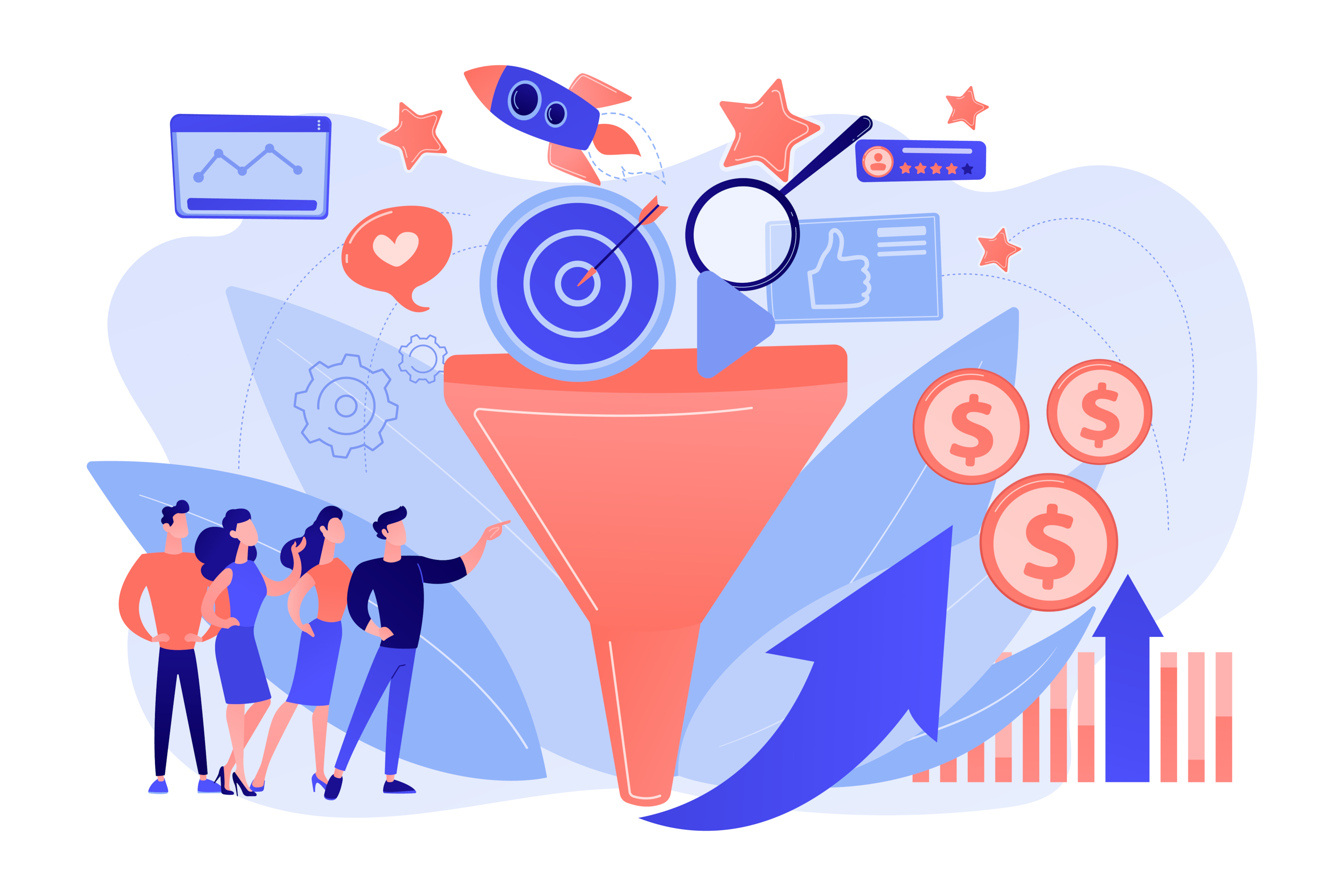
Google Optimise
Google Optimise is a conversion tool that represents a formidable ally in the battle for CRO, offering businesses a comprehensive suite of tools to test, optimize and elevate their online presence. With seamless integration into Google Analytics, the platform allows companies to track and dissect website visitor behavior, illuminating the path toward informed optimization efforts.
With an arsenal of capabilities that range from A/B testing to personalization and landing page optimization, Google Optimise empowers businesses to harness the full potential of their online presence. Its user-friendly interface, accessible to companies of all sizes and technical skill levels, adds to its allure as a valuable tool for CRO.
Through the use of Google Optimise, businesses can gain crucial insights into consumer behavior, informing data-driven optimization decisions.
The result is a higher conversion rate and a more efficient path toward achieving marketing goals. In a world where the online landscape is constantly evolving, Google Optimise proves to be a vital resource for businesses seeking to stay ahead of the curve.

Optimizely
Optimizely represents a comprehensive solution in the realm of conversion rate optimization, providing businesses with a wealth of testing and optimization capabilities designed to enhance the user experience and drive conversions. These powerful and popular cro tools enable businesses to conduct A/B testing on key website elements, including headlines, images, and calls-to-action, unlocking the secrets of what resonates best with their target audience.
In addition to its testing capabilities, Optimizely also delves into personalization, enabling businesses to create a more relevant and targeted experience for each user. Through its integration with a diverse array of analytics tools, Optimizely provides valuable insights into website visitor behavior, empowering businesses to make informed optimization decisions.
With its user-friendly interface and accessibility to businesses of all sizes and technical skill levels, Optimizely stands as a formidable resource in the quest for conversion rate optimization. By harnessing the full potential of its comprehensive suite of testing and optimization capabilities, businesses can achieve their marketing goals more efficiently and stay ahead in the ever-evolving online landscape.
VWO (Visual Website Optimizer)
Visual Website Optimizer (VWO), a conversion rate optimization tool or lead generation tool, represents a comprehensive solution for businesses seeking to increase conversions and enhance the user experience and is what we use at Convertica for our CRO services. This versatile tool grants businesses the ability to conduct A/B tests on a range of website elements, from headlines and images to calls-to-action, to unearth the most effective version for their target audience.
Not only does VWO equip businesses with testing capabilities, it also delves into the realm of personalization, empowering them to create a unique and tailored experience for each individual user. Through its integration with a variety of analytics tools, VWO offers valuable insights into website visitor behavior, enabling businesses to make informed optimization decisions.
Designed with accessibility in mind, VWO boasts a user-friendly interface and is suitable for businesses of all sizes and technical skill levels. As a comprehensive suite of testing and optimization capabilities, VWO stands as a formidable resource in the pursuit of conversion rate optimization. By leveraging its full potential, businesses can achieve their marketing goals with greater efficiency and remain at the forefront of the ever-evolving online landscape.
Unbounce
Unbounce is a conversion rate optimization tool that takes center stage in landing page optimization. This tool offers businesses the ability to design, publish, and optimize landing pages to increase conversions effortlessly.
With Unbounce, even businesses with limited technical know-how can create custom landing pages, making it a perfect fit for companies of all sizes and technical abilities.
Unbounce equips businesses with the capability of A/B testing, a feature that allows them to experiment with various versions of their landing pages, determining which one performs best with their target audience.
The tool also integrates with various analytics tools, providing businesses with valuable insights into website visitor behavior, and personalization capabilities that enable them to create a tailored and relevant experience for each user.
Unbounce is a powerhouse of a tool that provides businesses with an array of features for conversion rate optimization. With its comprehensive suite of landing page optimization capabilities, businesses can make informed decisions and achieve their marketing goals more efficiently. Unbounce, the ultimate weapon for conversion rate optimization.
Hotjar
Hotjar is a Conversion Rate Optimization tool offering businesses a wealth of behavioral analytics features to improve the User Experience. This tool equips businesses with heatmaps, session recordings, and feedback polls, giving them an intimate look at how users interact with their website and highlighting areas for improvement.
Hotjar integrates seamlessly with a wide range of analytics tools, offering businesses valuable insights into website visitor behavior. The tool boasts a user-friendly interface that is designed to be accessible to companies of all sizes and technical skill levels.
Hotjar is a force to be reckoned with in the world of conversion rate optimization. Its data-driven insights into consumer behavior give businesses the edge they need to make informed decisions about optimization efforts. By utilizing Hotjar, companies can identify areas for improvement in their user experience and increase the conversion rate of their website. Hotjar makes the path to a better user experience and higher conversions easier.

3.) Best Practices for CRO
Clear goals and KPIs
To achieve success in conversion rate optimization (CRO), it is crucial for businesses to establish clear goals and key performance indicators (KPIs). Without a firm grasp on what they aim to achieve, measuring the impact of optimization efforts becomes challenging.
Defining clear goals and KPIs helps businesses to streamline their optimization efforts, aligning them with their overall marketing strategy. This allows for focused optimization that yields the desired results. The ability to track progress and determine which changes impact conversion rates is another valuable outcome of defining clear goals and KPIs.
Common goals for CRO include, but are not limited to, boosting website traffic, enhancing user experience, elongating visitor dwell time, and increasing the conversion rate of targeted pages. KPIs such as website traffic, bounce rate, conversion rate, average order value, and customer lifetime value are frequently used to measure the success of CRO efforts.
Defining clear goals and KPIs is essential for businesses looking to achieve success in conversion rate optimization. It ensures that optimization efforts are aligned with the overall marketing strategy and lead to meaningful results. By clearly defining their objectives, businesses can ensure that their CRO efforts are focused, impactful, and yield the desired outcomes.

Conduct thorough data analysis
The art of enhancing the conversion rate of a website rests heavily on the skillful analysis of data. Through a deep dive into data, businesses can gain a detailed understanding of their visitors and detect areas of improvement in the user experience.
To achieve this, it’s essential to continuously track the website metrics such as traffic, bounce rate, conversion rate and average time spent on site, and to also examine user behavior patterns, like click and scrolling actions.
Data analysis should be a holistic approach that integrates information from various sources, including customer feedback, sales data, and web analytics tools, to paint a complete picture of the target audience.
Utilizing the gathered information, businesses can make data-driven decisions to enhance their optimization efforts and achieve their conversion rate optimization goals.
The conversion funnel is another critical aspect of effective CRO. The conversion funnel describes the series of actions a visitor takes from encountering a website to completing the desired conversion goal, such as a purchase.
Continuous monitoring and improving the conversion funnel helps businesses identify areas for enhancement and optimize the user experience for higher conversion rates.
Businesses must continuously A/B test their websites and analyze the results to determine which changes have the most significant impact on conversion rates. Regular monitoring of website metrics, such as traffic, bounce rate, conversion rate, and time on site, is also vital for a comprehensive understanding of the user experience. By continuously monitoring and improving the conversion funnel, businesses can remain ahead of their competition and fulfill their CRO goals.

Utilise website visitors’ feedback and surveys
The strategic infusion of customer feedback and surveys into the conversion rate optimization (CRO) process is deemed a vital aspect of best practices. Engaging with customers directly provides companies with a unique opportunity to delve into their needs, preferences, and pain points, thus gaining valuable insights. These insights can prove to be a valuable tool in the optimization journey, contributing to the enhancement of the overall user experience.
There are numerous approaches for capturing customer feedback, including online surveys, customer feedback forms, and face-to-face interviews. Nevertheless, companies should not limit themselves to these methods but actively seek feedback from their customers. This could be achieved through post-purchase surveys or by offering incentives for customers to share their thoughts and opinions.
Incorporating customer feedback into CRO is not enough; it’s also imperative for companies to be proactive in engaging with their customers. Timely responses to questions and concerns and actively incorporating customer feedback into optimization efforts demonstrate a company’s commitment to improving the user experience.
By utilizing customer feedback, companies can gain a deeper comprehension of their target audience and enhance the user experience in a way that truly resonates with their customers, elevating their CRO efforts to new heights.

Continuously monitor and improve the conversion funnel
A key tenet of successful conversion rate optimization (CRO) is the perpetual assessment and refinement of the conversion funnel. This crucial sequence of steps must be monitored continuously, from a visitor’s initial encounter with a website to the realization of a conversion goal such as making a purchase. This continuous monitoring enables businesses to pinpoint areas for improvement and optimize the user experience to drive conversions.
To keep up with the competition and attain their CRO objectives, businesses must constantly evaluate and upgrade their website’s components. This could mean revising website content, optimizing page layouts, or introducing new features. An essential part of this process is the consistent execution of A/B tests to determine the changes that will have the most significant impact on conversion rates.
It’s crucial to regularly monitor website metrics, such as traffic, bounce rate, conversion rate, and time on site, to thoroughly comprehend the user experience. By continuously monitoring and enhancing the conversion funnel, businesses can stay ahead of the curve, achieving their CRO goals efficiently and precisely.
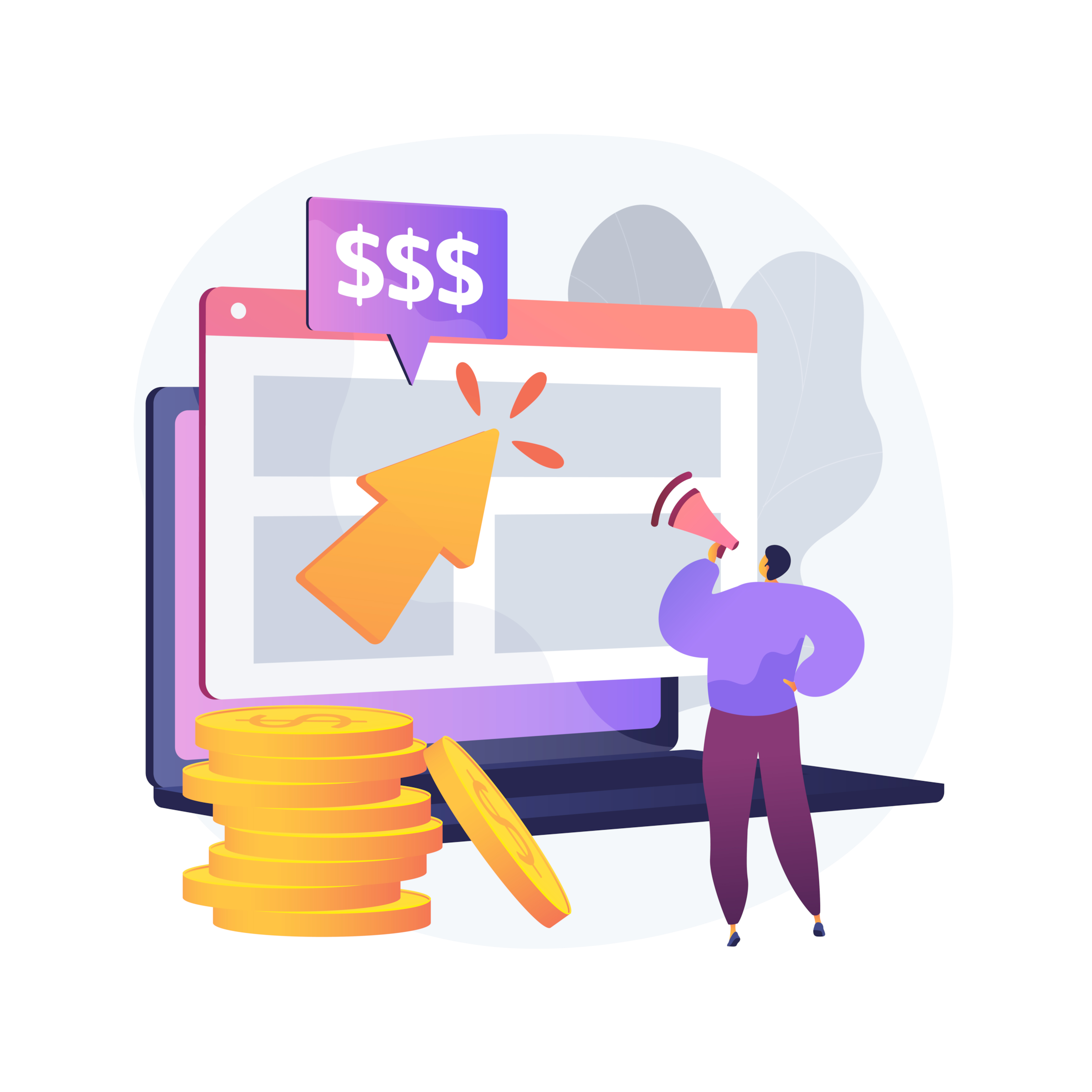
What is the importance and impact of Conversion Optimization?
Optimizing conversion rates through Conversion rate optimization (CRO) is an essential aspect of digital marketing, with a direct impact on a company’s financial success by boosting the number of visitors who take a desired action, such as making a purchase or submitting a form. The user experience is the key driver of conversions, and by enhancing it, businesses can significantly increase their conversion rate.
CRO is a never-ending journey, requiring continuous monitoring, testing, and improvement of various website elements, such as the landing page, copy, images, and calls-to-action.
By leveraging tools like A/B testing and behavioral analytics, companies can gain valuable insights into the user experience and make informed, data-driven decisions that deliver results.
Implementing best practices and continuously refining the user experience through CRO is crucial for companies looking to improve their conversion rate and reach their digital marketing goals.
With a focus on enhancing the overall experience, businesses can create a compelling user journey that attracts visitors and converts them into customers.

Elaboration of the various CRO techniques and tools available
Maximizing conversion rates through Conversion Rate Optimization (CRO) requires a well-crafted and data-driven approach, and to achieve this, businesses must harness a diverse range of techniques and tools. The world of CRO is filled with a vast array of options, including A/B testing, heat mapping, customer feedback surveys, and journey mapping.
A/B testing is a powerful tool, enabling businesses to compare and contrast different versions of a website or product to determine which performs better. Heat mapping, on the other hand, sheds light on user behavior by tracking clicks and movements, providing crucial insights into website interaction. Meanwhile, customer feedback surveys and journey mapping offer a direct line to the target audience, giving businesses a deeper understanding of their needs and pain points, which can then be leveraged to inform optimization efforts.
Alongside these techniques, numerous CRO tools are at a business’s disposal, including Google Analytics, Optimizely, and Crazy Egg. These tools offer in-depth analysis of website and product performance, enabling enterprises to make informed decisions based on data and continuously improve their conversion rates. By harnessing the power of CRO techniques and tools, businesses can elevate the user experience and reach their conversion optimization goals.

Final thoughts on the importance of continuous optimization and improvement in CRO strategies
With the bustling and ever-changing digital marketplace, businesses must constantly improve their Conversion Rate Optimization (CRO) efforts. Failure to do so can lead to falling behind the competition, missing out on valuable conversions, and losing touch with the evolving needs and desires of the target audience.
By rigorously monitoring and analyzing user behavior and data, businesses can uncover new and innovative ways to enhance the user experience. From there, they can make informed, data-driven decisions that drive conversions and help them stay ahead in the market.
Continuous optimization is not a one-time effort, but a long-term commitment. It requires a willingness to embrace change and an openness to experimentation and risk-taking. By embracing this mindset, businesses can keep their CRO strategies fresh, relevant, and effective, ensuring their continued success in the digital landscape.








